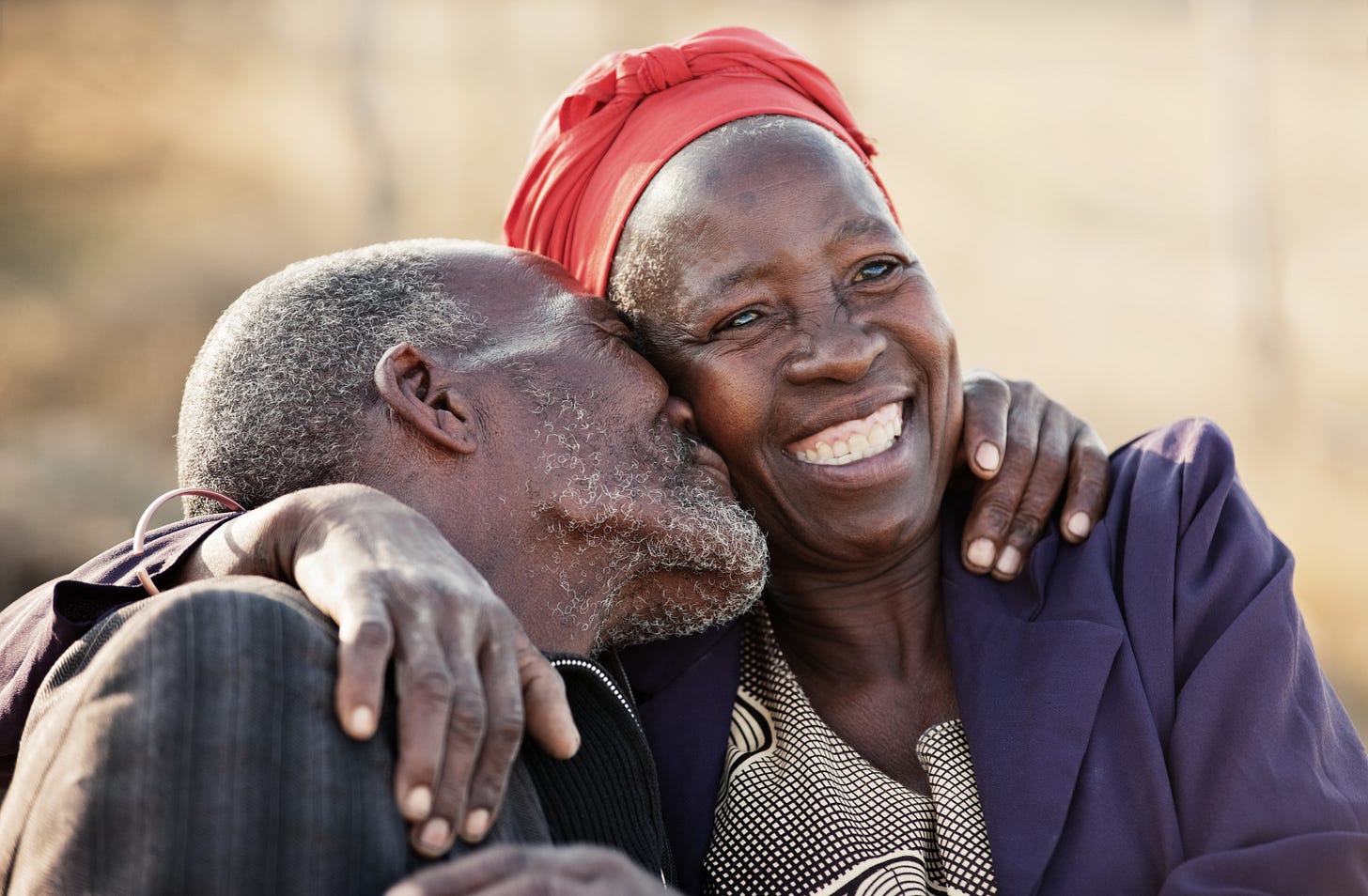What more on cuddling you wrote about this on Monday!
Yes, I spoke of cuddling in Monday’s research hit and how this, and specifically oxytocin (which is released during cuddling), can improve memory.
Now two other pieces of research have also come across my radar which specially look at physical contact and relate this to physical wellbeing, to psychological wellbeing, and to sports performance.
Ok that sounds interesting. Tell me more!
This was a systematic review and meta analysis by Julian Packheiser et al of the Netherlands Institute for Neuroscience. Basically they reviewed the current state of research and conclusions of this. This provides a much more accurate view of this than a single study.
And the results?
Well, the good news is that physical touch improves both physical and mental wellbeing. So being touched, being cuddled, or stroked is beneficial to us human beings.
You said the “good news” is there “bad news”?
No, but what is more interesting is they also looked at other factors such as how much touch is beneficial and to whom, and even whether robots can be as effective as human beings!
Surely robot cuddles aren’t as effective as human cuddles?!
It depends. Let me take you through some of the conclusions:
Touch is beneficial but duration and who is doing this is less important. A surprise maybe - we would probably assume that a long cuddle from a loved one would be more effective than a quick hug from a stranger or even a massage from your therapist. See exception below.
So lots of touch, or lots of quick hugs, are better than one long one!Also surprising is that robotic touch, or cuddles, also appeared to be just as effective! So cuddle a robot or it could be that those weight blankets really are effective.
And less surprising but important nevertheless is that those with physical or mental health issues respond much stronger than healthy adults. So if you’re feeling down, a hug will help. And if a friend of yours is feeling down, give them a hug. And learning from the first point above - give them lots of hugs.
I mentioned in the first point that it didn’t seem to matter who touched you to reap the benefits. However, that does not apply to newborns. For them touch from a parent was more beneficial than from a healthcare worker. That is good, and important, to know. But touch is generally still good.
Wow - some useful insights there. But you mentioned sports performance above?
Yes, this is a separate study done by Christiane M. Büttner et al. of the University of Basel here in Switzerland. They studied touch amongst female basketball players, specifically while taking free throws - these are stressful situations.
I assume this helped them then. Hasn’t research shown touch to help performance?
Yes, other research has shown that teams who touch each other more tend to be more successful. But this research was interesting because it took a single scenario - that of free throws. These are more stressful scenarios in basketball because the focus is on one person and they can also be critical in helping teams win.
Touch in this situation could be giving a person a friendly tap on the shoulder or a quick squeeze of the hand. What they found was this help but specifically on the second free throw if the first one was missed. So specifically when stress was highest.
So supportive touch is most effective when stress is highest!
Precisely!
So touch is effective in improving physical and mental wellbeing, and sports performance. And is most effective when you are most stressed or feeling worse.
Yes, and more is better.
References
Julian Packheiser, Helena Hartmann, Kelly Fredriksen, Valeria Gazzola, Christian Keysers, Frédéric Michon.
A systematic review and multivariate meta-analysis of the physical and mental health benefits of touch interventions.
Nature Human Behaviour, 2024
DOI: 10.1038/s41562-024-01841-8
Christiane M. Büttner, Christoph Kenntemich, Kipling D. Williams.
The power of human touch: Physical contact improves performance in basketball free throws.
Psychology of Sport and Exercise, 2024; 72: 102610
DOI: 10.1016/j.psychsport.2024.102610




